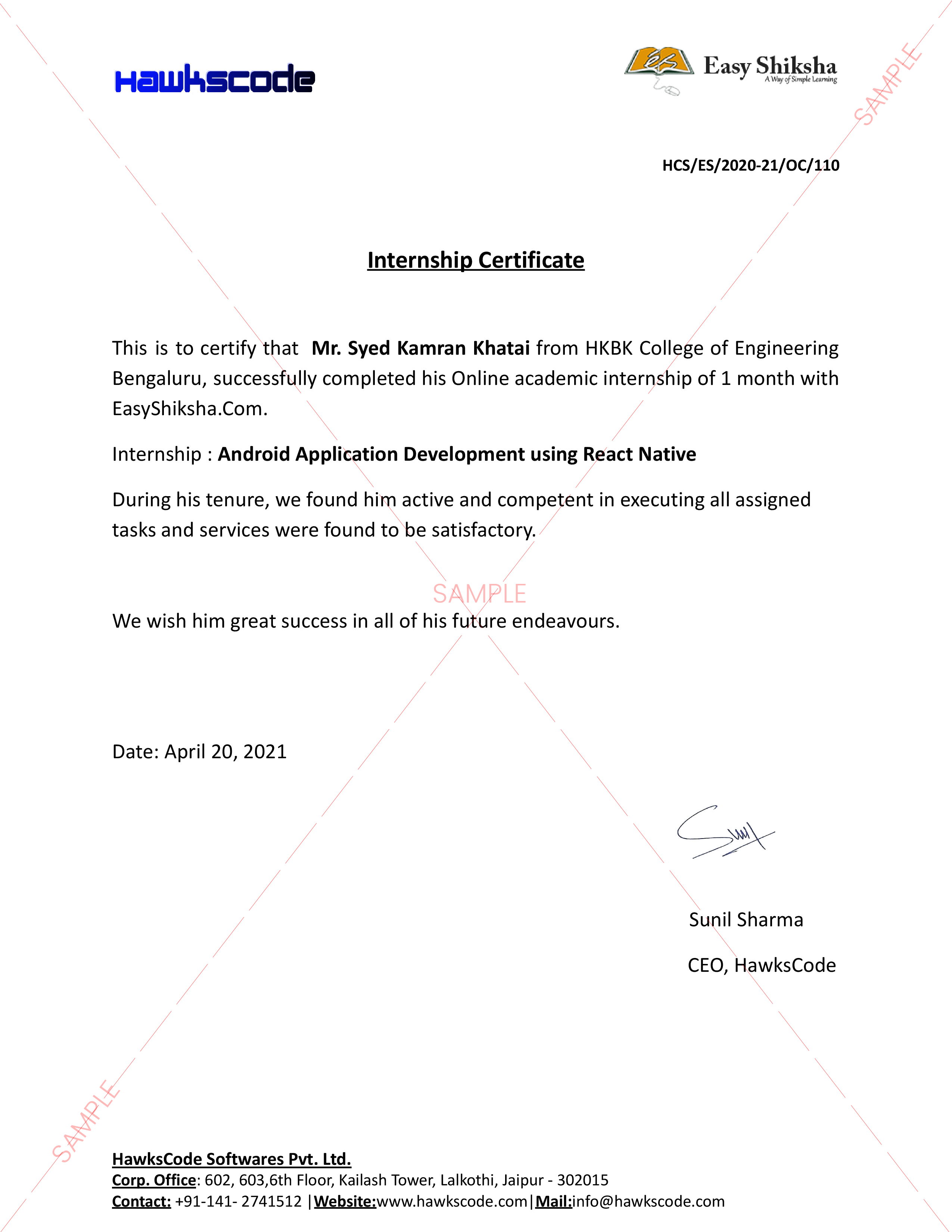On-demand access to computing resources—applications, servers (physical and virtual), data storage, development tools, networking capabilities, and more—hosted at a remote data centre controlled by a cloud services provider and accessible via the internet is known as cloud computing (or CSP). The CSP charges a monthly subscription fee or costs them based on usage for these resources.
When compared to traditional on-premises IT, cloud computing can help you accomplish the following tasks, depending on the cloud services you choose:
- Lower IT costs
- Improve agility and time-to-value
- Scale more easily and cost-effectively
Cloud computing has several different types.
- Cloud computing in the public domain
A public cloud is a type of cloud computing in which a cloud service provider makes computing resources available to users over the public internet, ranging from SaaS applications to individual virtual machines (VMs), bare metal computing hardware, and complete enterprise-grade infrastructures and development platforms. These resources may be available for free, or they may be available for a fee based on a subscription or pay-per-use basis.
- Cloud computing on a private basis
A private cloud environment is one in which all cloud infrastructure and computing resources are devoted to and accessible by only one customer. Private cloud combines the elasticity, scalability, and ease of service delivery of cloud computing with the access control, security, and resource customization of on-premises infrastructure.
The term "hybrid cloud" refers to a combination of public and private cloud infrastructures. A hybrid cloud, in particular, links an organization's private cloud services and public clouds into a unified, flexible architecture for executing applications and workloads.
- Cloud administrator
- Cloud architect
- Cloud automation engineer
- Cloud consultant
- Cloud engineer
- Cloud security analyst
- Cloud software engineer


























